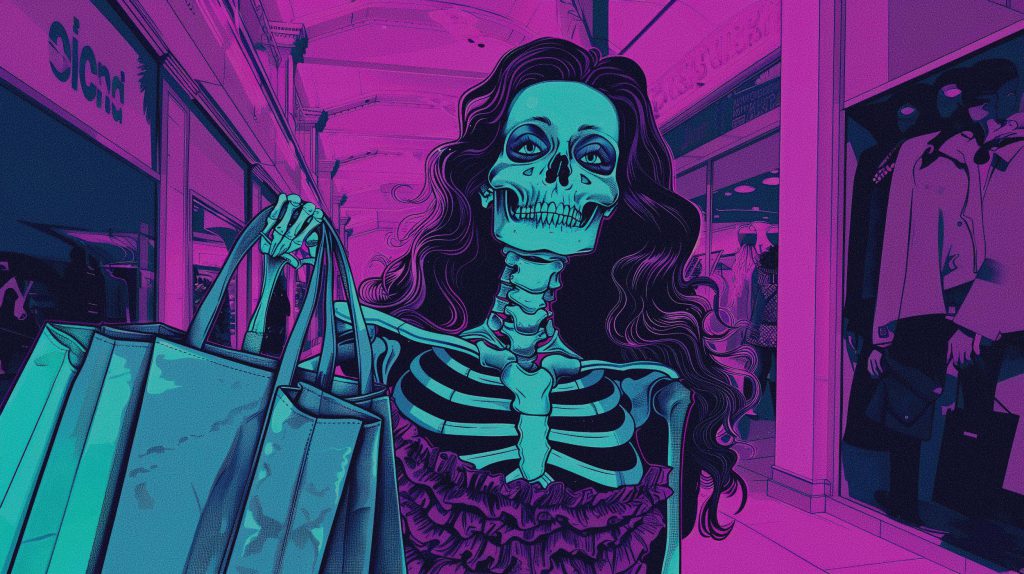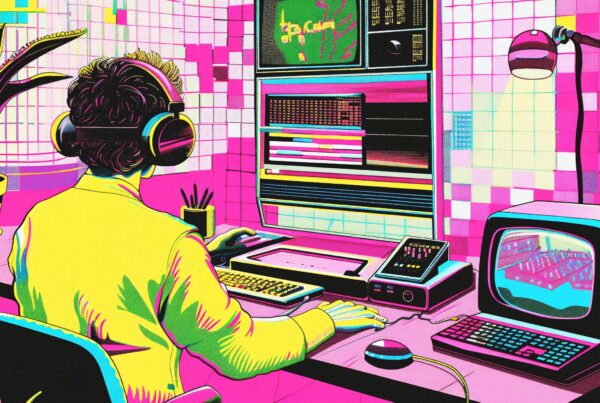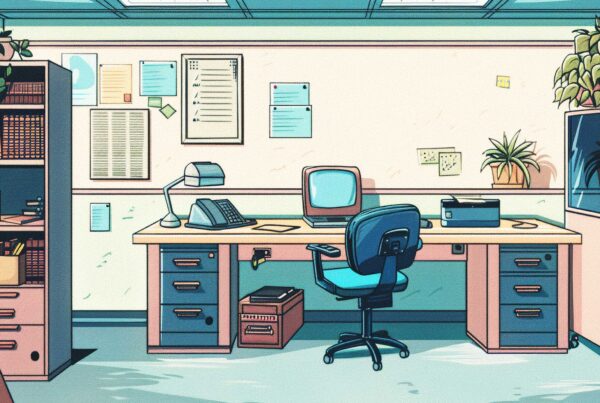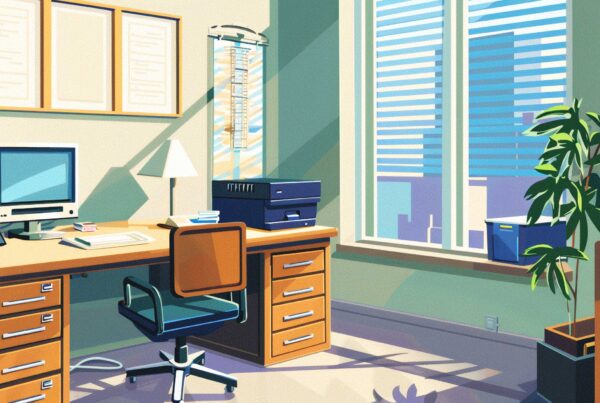For decades, ad agencies have thrived on the chaotic energy of open-plan offices, last-minute brainstorms, and the kind of interpersonal drama that rivals a reality TV show. There’s a romanticized notion that creativity needs friction—that the best ideas are born out of conflict and pressure. But let’s be honest: in today’s world, that idea is outdated. The modern creative professional doesn’t need buzz, noise, or drama to produce great work—they need space, focus, and autonomy. It’s time we rethink what fosters creativity, especially in an industry that claims to value it above all else.
Rethinking Creativity: Remote Work in Ad Agencies
Remote work isn’t just a logistical adjustment—it’s a creative revolution waiting to happen. For years, agencies have clung to the belief that collaboration only happens in the war rooms and whiteboard sessions of physical offices. But the pandemic proved otherwise. Creative teams adapted, brainstormed over Zoom, shared mood boards on Slack, and met deadlines from home offices and kitchen tables. The work didn’t suffer—in many cases, it got better. The myth that creativity can’t flourish remotely has been debunked. Now, it’s time to build systems that support this new reality.
The traditional agency model is rooted in a high-energy, high-stress environment that often rewards visibility over results. Remote work flips that script. It allows creatives to be measured by the quality of their ideas, not how loud their voice is in a meeting. It levels the playing field for introverts, neurodiverse team members, and those who simply do their best thinking in solitude. In this way, remote work democratizes creativity, giving more people the space to contribute meaningfully without the performative pressure of the office.
Let’s also not forget the practical advantages. Remote work widens the talent pool, allowing agencies to recruit top creatives regardless of geography. You’re no longer limited to who’s within commuting distance of the office. That means more diverse perspectives, more unique voices, and ultimately, more compelling campaigns. If agencies are serious about innovation, they need to start treating location flexibility as a strategic advantage—not a reluctant concession.
The Hidden Cost of Office Drama on Innovation
Let’s talk about the elephant in the brainstorm room: office drama. Agencies are notorious for their internal politics, turf wars, and high-strung personalities. While this has often been glamorized as part of the “creative process,” the truth is, it’s a massive drain on energy and morale. When creatives are busy navigating interpersonal tensions, managing egos, or decoding passive-aggressive Slack messages, they’re not focused on doing their best work. The mental bandwidth consumed by office drama is bandwidth that could be spent on actual creative thinking.
Toxic office dynamics don’t just hurt individuals—they poison team culture. Cliques form. Credit gets misassigned. People get burned out. In an industry where collaboration is key, this kind of dysfunction is fatal. A single toxic personality in a physical office can derail an entire team’s momentum. Remote work, by its nature, creates a buffer. It forces communication to be more intentional, and it gives people the space to disengage from unproductive dynamics. That’s not to say remote teams are immune to conflict, but the format inherently reduces the performative behaviors that fuel office drama.
Moreover, the constant pressure to be “on” in traditional office settings can stifle the kind of deep, focused thinking that creativity requires. When every hallway interaction feels like a performance review and every idea has to be sold in real-time, creatives end up playing defense instead of exploring bold, risky concepts. Remote work allows people to think before they speak, to iterate without immediate judgment, and to present ideas in a more considered, polished way. That shift alone can dramatically improve the quality of creative output.
How Calm Environments Boost Creative Performance
Creativity thrives in calm. That’s not a platitude—it’s backed by research in cognitive psychology and neuroscience. Our best ideas come when we’re relaxed, not when we’re in fight-or-flight mode. A quiet home office, a local café, or even a sunny park bench can offer the kind of mental clarity that a noisy bullpen never will. Remote work empowers creatives to design their own optimal environments for thinking, experimenting, and producing.
Without the constant interruptions of office life—impromptu meetings, loud conversations, and the omnipresent fear of being “called out” in real time—creatives can enter a state of flow more easily. Flow is where the magic happens. It’s the mental zone where ideas connect, where time melts away, and where the best work gets done. Offices are built for collaboration, not flow. Remote environments, when managed well, offer the best of both worlds: collaboration when you need it, solitude when you don’t.
There’s also a mental health component that shouldn’t be ignored. Remote work allows creatives to integrate their personal routines—exercise, meditation, walks, or even just a proper lunch—into their day. These aren’t luxuries; they’re fuel for the creative process. A calm mind is a productive mind. Agencies that support remote work aren’t just accommodating lifestyle choices—they’re actively investing in the mental well-being of their most valuable asset: their people.
The future of creative work isn’t tethered to a desk or confined to a corner office. It’s flexible, focused, and free from the noise—both literal and metaphorical—that so often derails innovation. Ad agencies have a unique opportunity to lead this shift, not resist it. By embracing remote work, we’re not sacrificing collaboration or culture; we’re redefining them to better serve the people who actually do the work. The drama, the distractions, the outdated rituals—they’re not prerequisites for creativity. They’re obstacles. And it’s time we moved past them.
